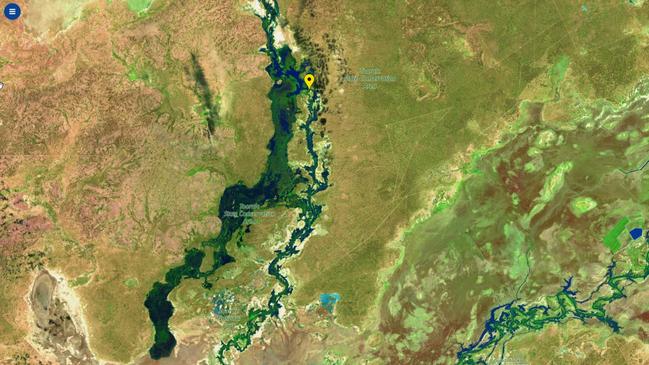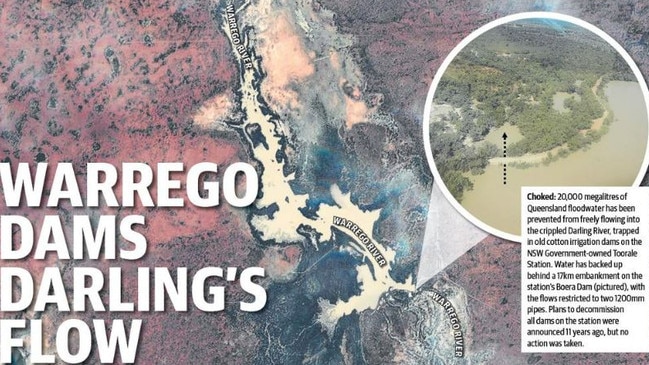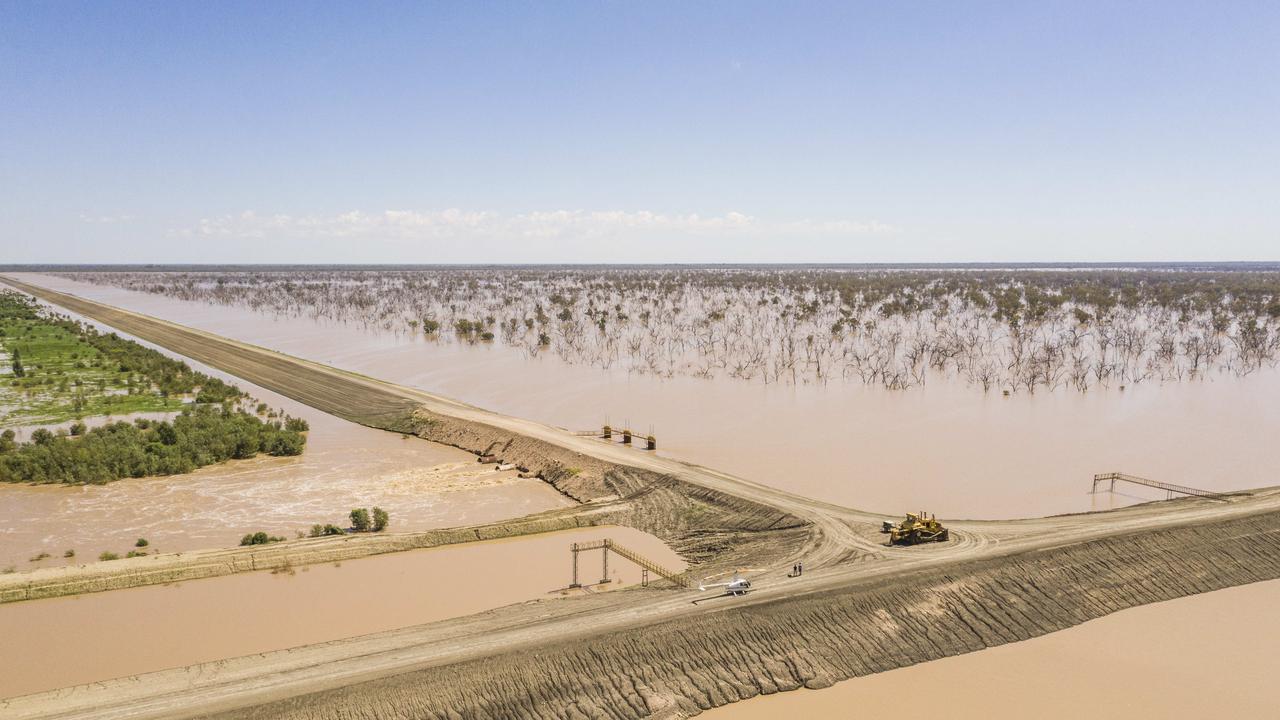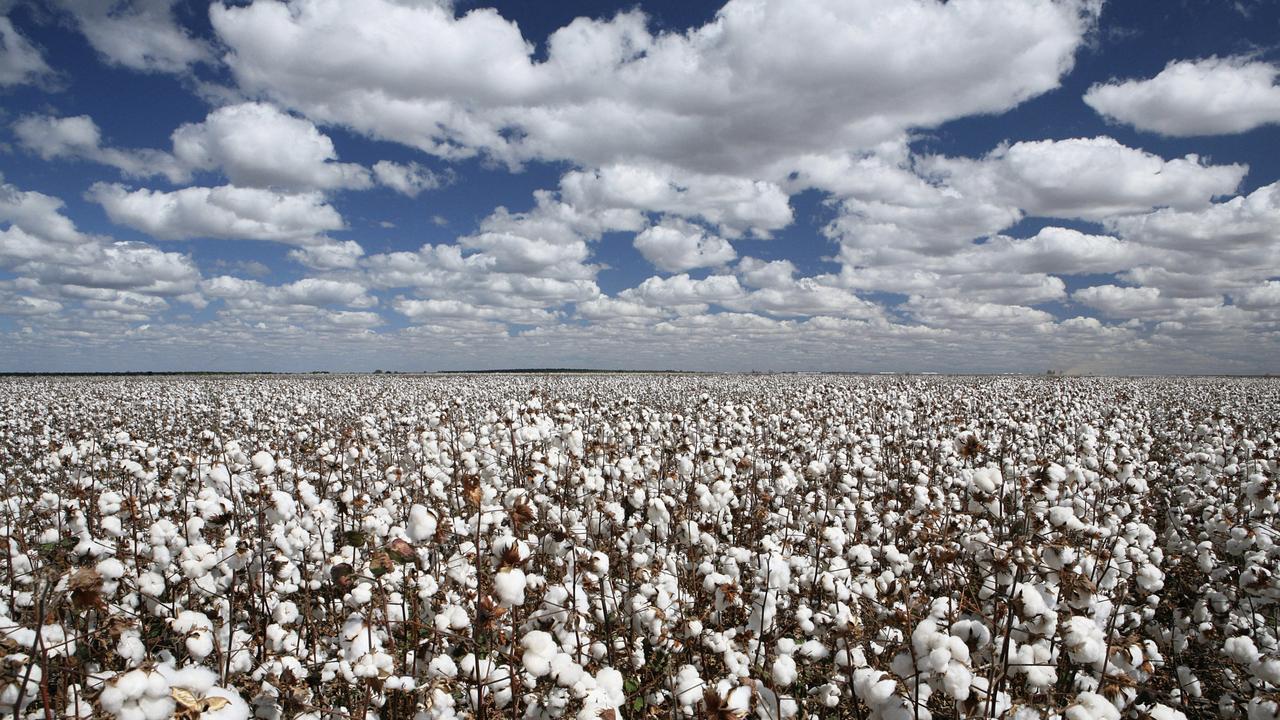Darling River tributary choked: NRAR probes NSW floodplain harvesting
An investigation has been launched into NSW Parks Service and the federal government’s floodplain harvesting of the Warrego River.

An independent investigation has been launched into the NSW and federal governments’ ongoing use of Toorale Station’s old irrigation dams to divert the Warrego River’s flows onto a man-made floodplain, rather than allowing the water to freely flow into the Darling River.
All the station’s cotton irrigation dams were meant to be decommissioned after former federal Water Minister Penny Wong purchased Toorale Station for $23.77m in 2008, which included 8122 megalitres of unregulated water entitlements on the Warrego River.
At the time Senator Wong said “returning this water to the Darling will begin to turn around the long term decline of this once great river”.
But since NSW Parks and Wildlife Service took control of the land and the station’s water licences were transferred to the Commonwealth Environmental Water Holder, both agencies have continued to use the dams to water a man-made floodplain and restrict the Warrego’s flows into the Darling.
The independent NSW Natural Resources Access Regulator is investigating whether the Parks Service and CEHW diversions of water onto Toorale’s artificial floodplain, via the regulator on the station’s Boera Dam, should be defined as water “take”.
All water take in NSW must be deducted from allocations made against a Water Access Licence.
The problem for both the Parks Service and CEWH is that their WALs total 17,833ML, a fraction of what they are harvesting.
Tilpa farmer Justin McClure, whose property is downstream of Toorale on the Darling River, has repeatedly called for Toorale’s dams to be fully decommissioned, as was originally promised.
Mr McClure estimates Toorale’s dams will divert almost 100,000ML onto the station’s artificial floodplain this autumn, rather than being allowed to flow into the Darling River.
Satellite images show water flowing down the Warrego River in the wake of Cyclone Alfred has then built up behind the Boera Dam, where it has then spread along a 17km embankment before spilling out across a vast man-made floodplain.
Mr McClure said while there was plenty of water around now, allowing the NSW Parks Service and CEWH to continue diverting the Warrego’s flows was “building a precedent that has long-term consequences”, especially in dry years.
During the 2019 drought, when the Darling had dried into a series of stagnant pools, The Weekly Times used satellite images to show ex-tropical cyclone Trevor had delivered a flush of water down the Warrego that was captured by Toorale’s Boera dam, which sits behind a 17km embankment across the river.





